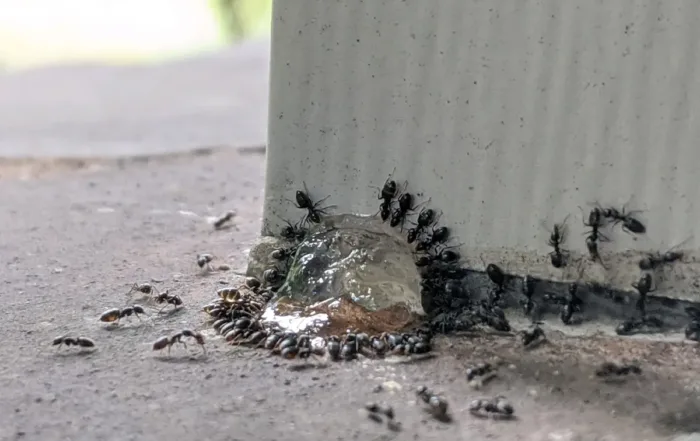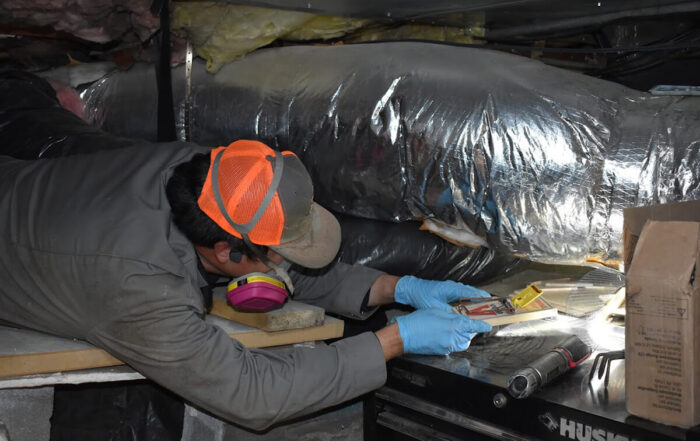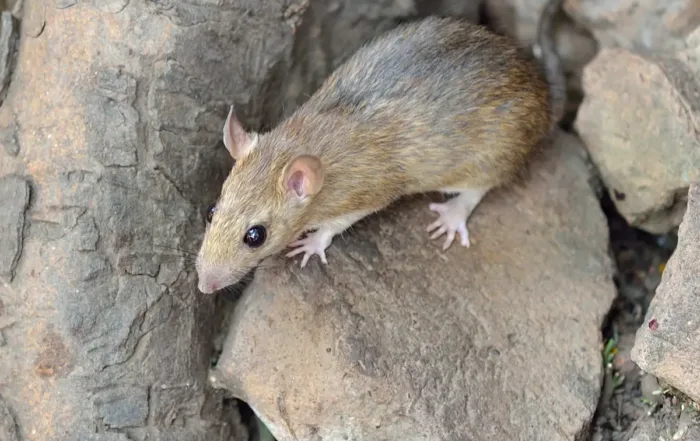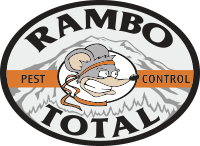By: Chris Somers, A.C.E. and Service Manager at Rambo Total Pest Control
This article is part of a series on Rambo’s Remote Rodent Monitoring Program.
The situation with pests is ever changing, as is the knowledge of pests and available control measures for them. When it comes to pest management, I consider four questions whenever I perform an initial or a recurring service:
- What pest species are we dealing with?
- Why is it here?
- What is currently being done for the control measures?
- What should we do next?
That’s the mentality that I practiced as a technician running a route for a pest management company. It’s the mentality that I brought with me to the role of a service manager, and it’s also the mentality I would encourage all pest management professionals and their clients to maintain.
In doing so, we improve our skills and the customer experience by challenging ourselves to always achieve greater results. With that in mind, new technology brings new opportunities to take that train of thought to the next level.
A Need to Learn About Commensal Rodents
For the topic of rodents, remote sensing technology creates huge opportunities. We can’t camp out on-site for months at a time, so these remote monitoring programs do a lot to help us learn more about commensal rodents. When it comes to these secretive animals and similar species—regardless of who you are and what you know—there’s a lot left to learn, and a lot that is currently unknown.
Commensal rodents—those that live off humans without returning anything of worth—are represented by three species: Norway rats, roof rats, and house mice. They are secretive animals, despite the fact that we live in such close proximity to one another. It may surprise you, but experts have stated that we currently know more about polar bears than we do about commensal rodents.
Since they are a substantial problem for humans, we need to know more—and we need every tool we can get to gain more insight into how we can best fight these secretive and destructive pests.
How Remote Sensing Technology Works
Remote sensing products offer us a new pathway to learn, grow, and enhance our rodent control abilities. Remote sensing technology for rodent control is fairly simple: products with sensors pick up differences in motion, vibrations, or other events and report when and where it occurs. The device reports it automatically to a server or records the data to download while a technician is on-site.
Similar to how big data companies can collect information to learn about consumers, this data collection helps us learn more about the rodents. Think about it like this: you’re out and about and all of the sudden, your phone pops up a message saying you were just at this business’s location—what did you think about it? Care to leave a review, feedback or rate it? Or you’re online reading reviews on top-rated TVs and suddenly you see ads for electronics popping up left and right.
Used properly, a pest management professional can do something similar with remote monitoring technology. Each house has a unique rodent population; the rodents are providing reviews on the rodent station and telling us what they like, when they like it, as well as what they don’t like. We can directly cater our offerings and appeal to that group of consumers—the site-specific rodent population.
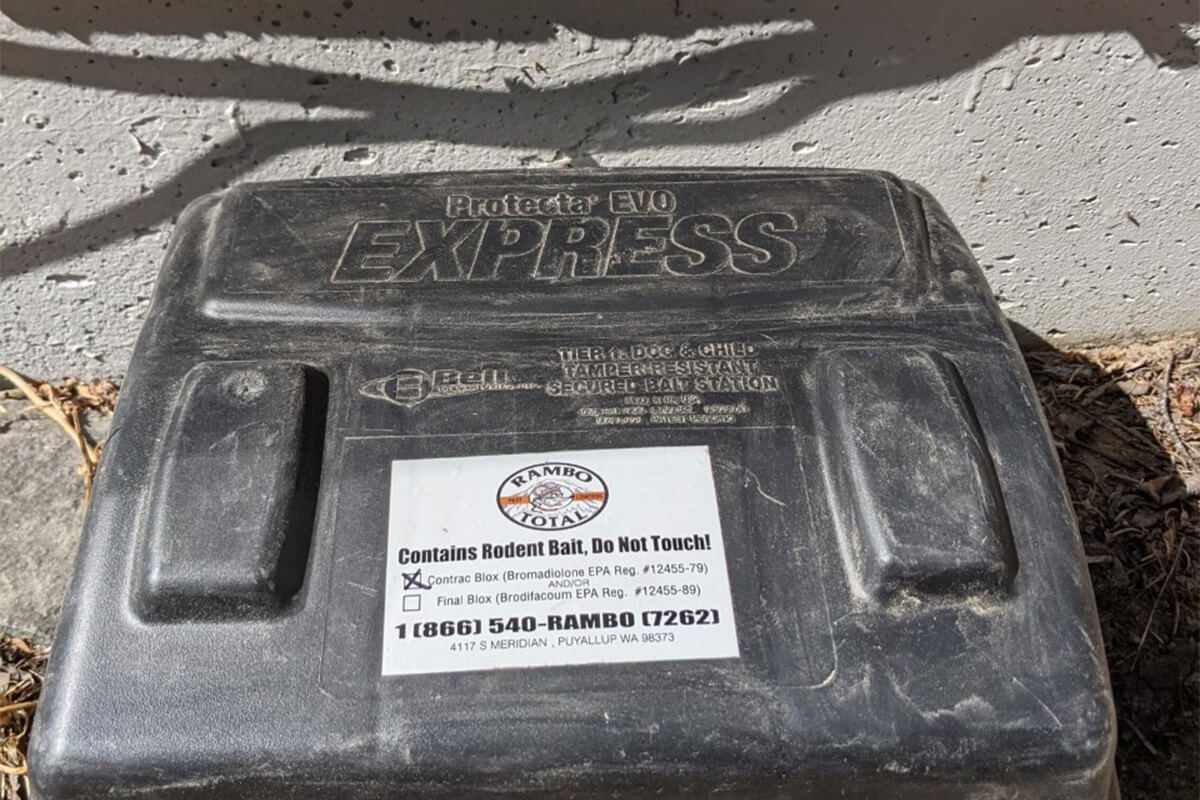
Bait Stations Are Like Restaurants for Rodents
Let’s say the on-site bait stations are restaurants (establishments that serve meals for customers in a select neighborhood). If rodents are going in and out of a bait station at one location but not feeding on the bait, then that establishment is getting poor reviews.
Maybe that group of rodents doesn’t care for the type of food being served, or maybe they don’t like the décor of the establishment. If they’re bypassing stations, maybe it’s a bad location. Or, if another food source is available on-site, that’s like a competing restaurant with higher ratings and more desirable dishes. Whatever the reason, that location is getting poor reviews.
So, the owner of the restaurant (the pest control technician managing the rodent station) has some important choices to make. It can rectify the issue by serving different foods, changing its appearance, or relocating to a more convenient spot (using different kinds of baits, stations, and locations) to create a more desirable experience. They could even find a way to shut down that other restaurant to direct the consumer to their establishment.
Rodent Control Requires Complex and Analytical Solutions
As I alluded to earlier, analytical thinking is quite important for a pest management professional. As a client of pest management services, I would encourage you to look for professionals that will bring a high level of expertise to your home or place of business.
If you didn’t know that rodent control could be this complex, keep in mind, rodent control stations are just a small piece of the pie when it comes to effective rodent control—and there’s plenty of data out there to back that fact up. We’ll be posting some of our own data gathered with our remote sensing technology in upcoming content.
I’ll close by saying this: there is new research on pest species such as commensal rodents coming out constantly. That research tells us what we’re doing well and where meaningful improvements can be made. It’s providing information on percentages of rodent populations that we may be missing or unaware of. It’s also giving us new information regarding the impacts of our current rodent control protocols.
For all that are committed to the cause of controlling rodent populations and protecting human health and safety, these are huge topics to embrace and monitor. Utilizing the remote sensing technology provides us with a different method of gaining insight, which is the kind of opportunity we should all seek out.
